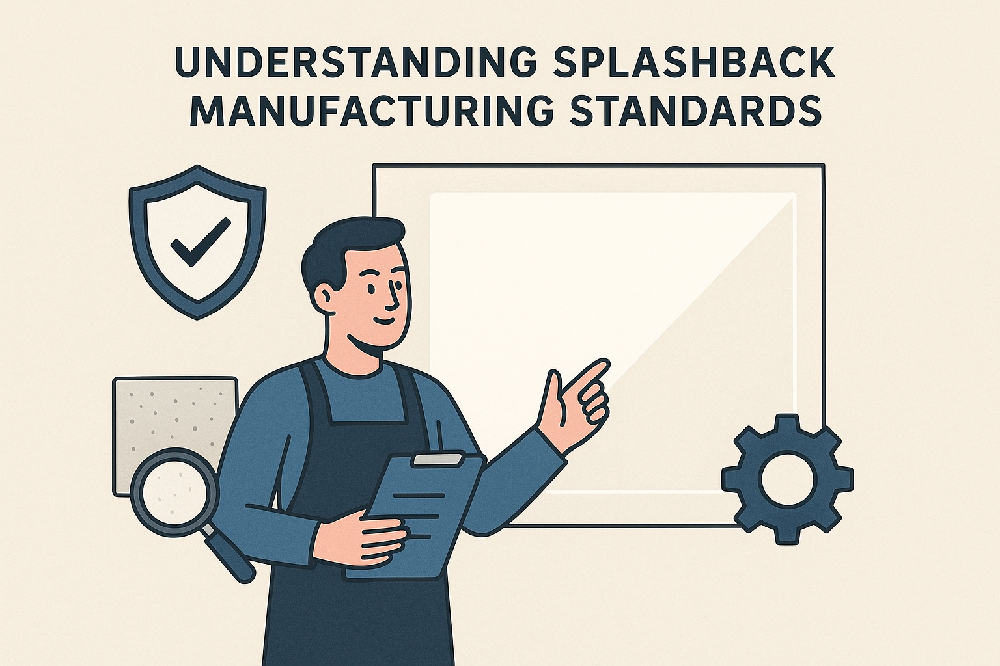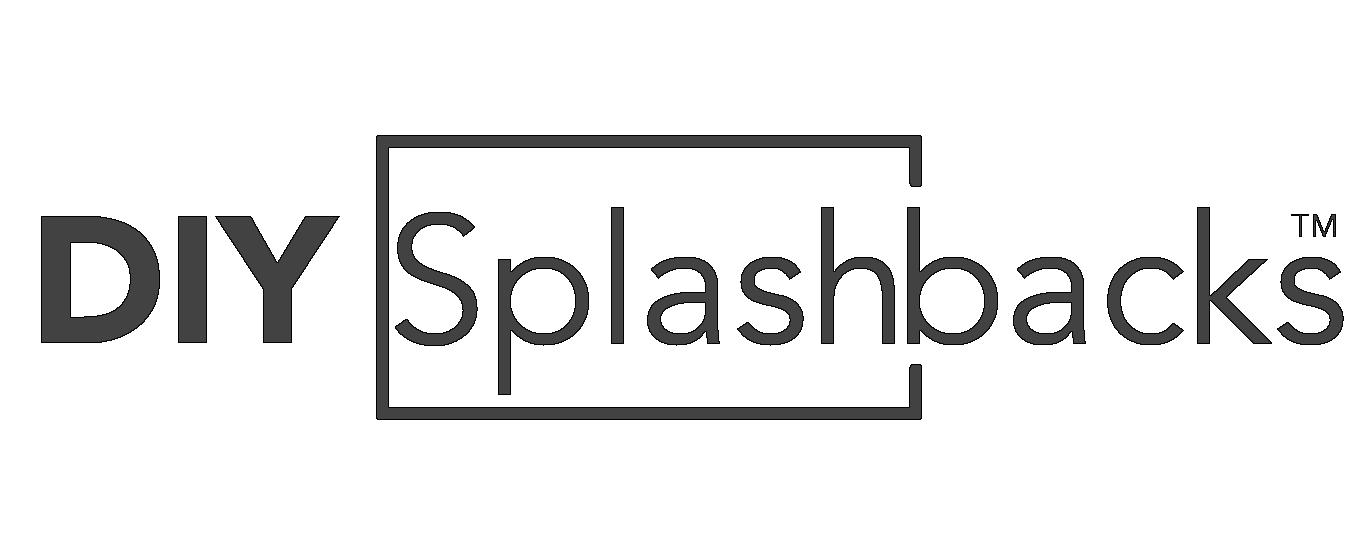Understanding Splashback Manufacturing Standards

When choosing a splashback — whether for a kitchen, bathroom, or commercial space — most people focus on the design, color, and finish. But behind every beautiful splashback lies an important foundation: manufacturing standards. Understanding these standards not only ensures product quality but also guarantees safety, durability, and long-term satisfaction.
In this post, we’ll unpack what splashback manufacturing standards mean, why they matter, and what those strange codes like EN 12150 and ISO 8442-2 actually stand for.
1. What Are Splashback Manufacturing Standards?
Manufacturing standards are official guidelines that describe how materials should be made, tested, and certified. These standards ensure that splashbacks meet consistent levels of safety, strength, and quality, regardless of the manufacturer.
Each material — glass, acrylic, or stainless steel — has its own set of standards.
2. Key Standards for Different Splashback Materials
a. Glass Splashbacks
Glass splashbacks are sleek, reflective, and easy to clean. But they must also be toughened to handle heat and impact safely.
EN 12150 – Thermally Toughened Safety Glass:
A European standard that ensures glass is properly heat-treated so it’s 4–5 times stronger than normal glass and breaks into small blunt pieces instead of sharp shards.
AS/NZS 2208 – Safety Glazing Materials (Australia/New Zealand):
Confirms glass meets safety performance and impact resistance standards for architectural use.
BS 6206 – Safety Glass for Buildings (UK):
A British standard that tests how glass performs under impact and temperature stress.
Recommended thickness: 6mm for regular kitchen splashbacks; 8mm for larger or high-heat areas.
b. Acrylic Splashbacks
Acrylic panels are lightweight, colorful, and modern-looking. But since they’re plastic-based, they follow a different set of quality and fire safety standards.
ISO 7823-1 – Cast Acrylic Sheets:
An international standard defining the quality, strength, and clarity requirements for acrylic sheets.
EN 13501-1 – Fire Classification of Construction Products:
A European standard that classifies materials based on their fire resistance and smoke production levels.
Acrylic is heat-resistant but not heatproof, so it should never be placed directly behind gas burners without a heat shield.
c. Stainless Steel Splashbacks
Stainless steel splashbacks are durable, hygienic, and easy to clean, making them popular in commercial kitchens.
EN 10088 – Stainless Steel Grades and Composition:
A European standard that specifies which metals (like chromium and nickel) must be used to make corrosion-resistant stainless steel.
ISO 8442-2 – Materials for Food Contact:
An international standard confirming that the metal is safe for surfaces that might touch food or steam, ensuring hygiene and safety.
Most high-quality splashbacks use 304 or 316-grade stainless steel for superior resistance to heat, moisture, and cleaning agents.
3. Why These Standards Matter
Knowing what these standards mean helps you:
. Ensure safety: Materials can withstand heat, impact, and cleaning chemicals.
. Verify durability: Prevents cracking, warping, or corrosion.
. Stay compliant: Meets local building codes and insurance requirements.
. Buy confidently: You know you’re getting a tested, certified product — not a cheap imitation.
4. How to Check If a Splashback Meets Standards
When shopping for a splashback:
Ask for certification documents showing compliance with EN, ISO, AS/NZS, or BS standards.
Check manufacturer datasheets or labels.
Confirm installation instructions — even high-quality materials can fail if installed incorrectly.
5. The Bottom Line
Splashback manufacturing standards aren’t just technical codes — they’re your guarantee of quality, safety, and performance. Whether you choose glass, acrylic, or stainless steel, understanding these labels helps you make smarter choices and avoid costly mistakes.
💡 Quick Reference: What the Codes Mean
EN-European Norm A European standard created by the EU for manufacturing, safety, and performance.
BS-British Standard UK’s official quality and safety guidelines.
AS/NZS-Australian/New Zealand Standard Regional safety and performance standards for building materials.
ISO-International Organization for Standardization Global standards used worldwide to ensure consistency and quality.
